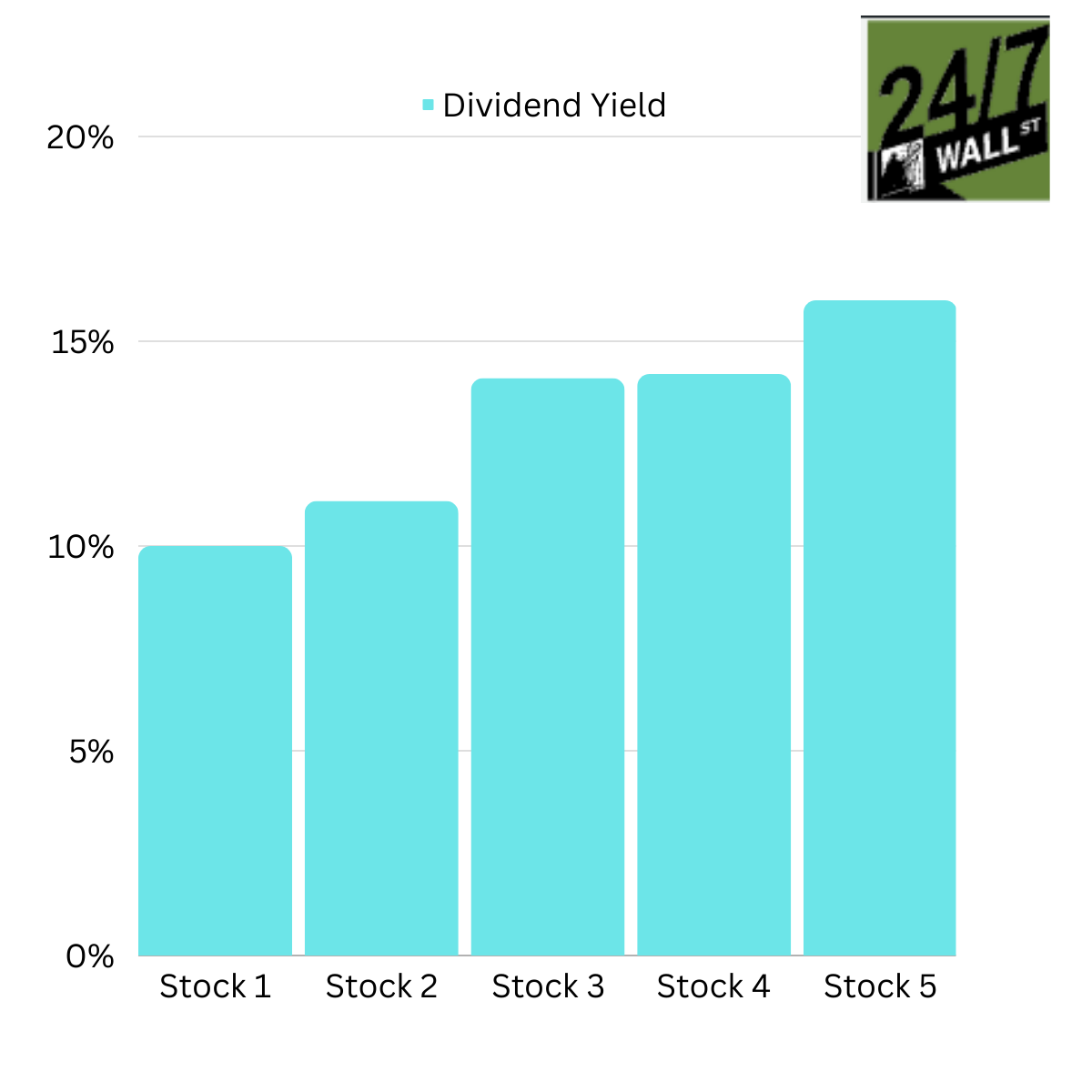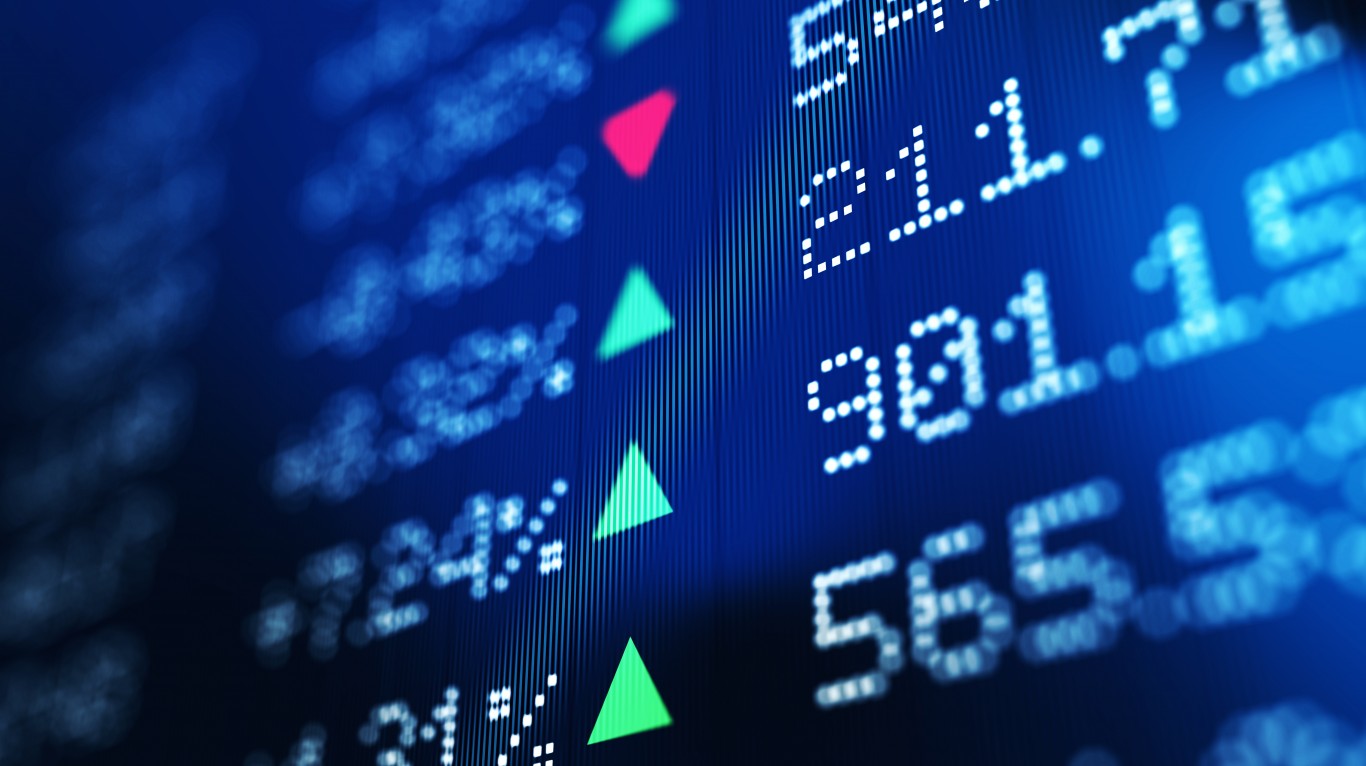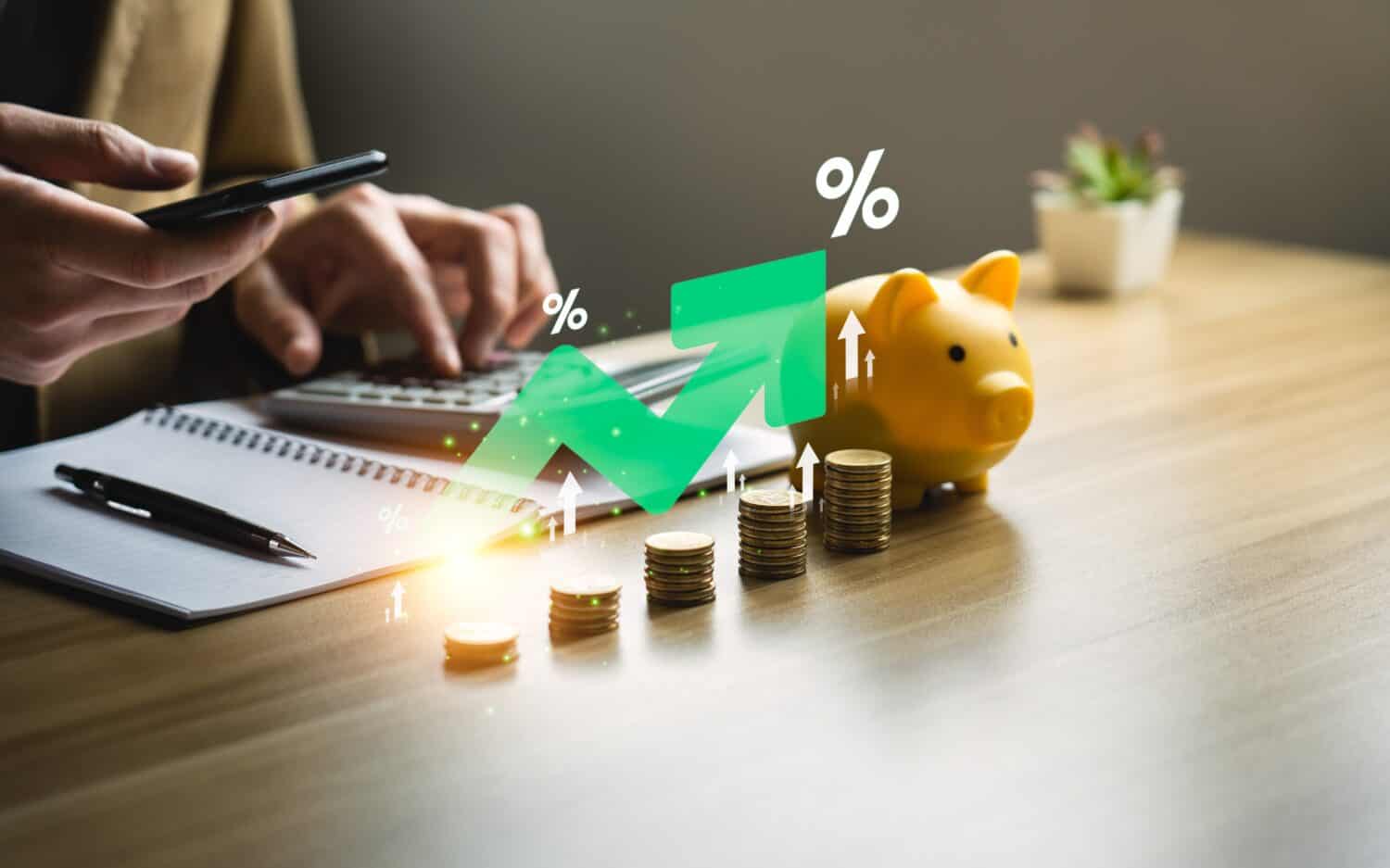
The S&P 500 has performed admirably in 2024, up nearly 22%. With a little less than three months left in the year, it has a decent shot of matching 2023’s 24.2% return and only the sixth time in the 21st century that the index has generated an annual return between 20% and 30%.
Money Magazine recently published an article examining the 10 worst-performing S&P 500 stocks in 2024. Some of the names on the list were top performers in years past but whose share prices have fallen on hard times.
It’s hard to know which of the downtrodden will recover. Some will keep moving lower until these stocks disappear from the markets entirely, while others will regain their stride and deliver additional profits for shareholders.
According to Slickcharts.com, 372 of the 503 stocks in the index are in positive territory in 2024, while 131 are not. Of the latter group, 86 pay a dividend.
Here is the down-and-out S&P 500 dividend stock you should buy now.
Key Points About This Article:
- The company’s shareholder yield is considerably higher than its five-year average.
- Most analysts rate it a Buy.
- Better capital allocation is part of its strategy for future growth .
- Sit back and let dividends do the heavy lifting for a simple, steady path to serious wealth creation over time. Grab a free copy of “2 Legendary High-Yield Dividend Stocks” now.
It’s Got a Nice Dividend Yield

Sitting in 475th spot with a year-to-date return of -20.03% is LKQ Corp. (NASDAQ:LKQ), a global distributor of vehicle replacement parts and specialty aftermarket products and accessories.
The Chicago-based company currently pays a quarterly dividend of 30 cents, and its annual rate of $1.20 yields a healthy 3.1%. With interest rates coming down, the current yield ought to become more appealing for income-focused investors. In 2023, it paid out $302 million in dividends, 32% of its net income.
As part of its capital allocation strategy, it also likes to return capital to shareholders through share repurchases. It started its current $3.5 billion stock repurchase program in October 2018. Since then, it’s repurchased 59 million shares through June 30 at an average cost of $44.07 a share.
That’s not a great return on investment on its share repurchases, but they have significantly reduced the share count over the past few years. There is $921 million left on that stock repurchase program.
The dividends and share repurchases are part of the company’s focus on TSR (total shareholder return). Its shareholder yield is 4.98% — defined by O’Shaughnessy Asset Management as “the sum of a stock’s dividend yield (paid over previous twelve months minus special dividends) and the percentage of net share buybacks over the previous twelve months. — a sign that it is a shareholder-friendly company.
Analysts Tend to Like It

Of the 11 analysts covering LKQ, nine rated it a Buy, with a $55 target price, significantly higher than where it’s currently trading. At least from the analysts’ perspective, it’s got plenty of upside ahead.
In September, LKQ’s new CEO, Justin Jude—a long-time company employee who was promoted to CEO on July 1 after Dominick Zarcone retired —laid out the company’s strategy for the future.
Analysts like the fact the company is streamlining its focus to improve its operational efficiency.
Jude wants to simplify its operations and adopt this lean operating model worldwide, leading to organic growth, higher margins, and increased free cash flow. At the same time, it will seek out tuck-in acquisitions that advance its strategic plans. It plans to use all of the capital allocation levers available to it.
The company’s mission is to be the leading global value-added and sustainable distributor of vehicle parts and accessories by providing its customers with the most comprehensive selection of parts and solutions possible.
When it went public in 2003, LKQ generated nearly all of its $300 million revenue from its Wholesale North America Recycled Products business. Today, that business accounts for a small portion of its over $14 billion in annual revenue.
It’s come a long way.
The Future Includes Greater Profits and Free Cash Flow

In 2024, the company expects its organic revenue to decline by 0.5% at the midpoint of its guidance. Its adjusted earnings per share should be $3.60, and free cash flow should be $850 million, down $150 million from its previous guidance for the year.
Although that’s a decline from $3.83 a share in 2023, the Wall Street estimates for 2025 and 2o26 are $3.95 and $4.86, respectively. It currently trades at 7.9x the 2026 estimate. According to Morningstar, the company’s five-year average price-to-forward earnings ratio is 13.0x, suggesting its stock is undervalued.
Another positive is the company’s free cash flow. LKQ aims to convert between 50% and 60% of its adjusted EBITDA to free cash flow. In the trailing 12 months ended June, its free cash flow was $998 million, or 62% of its $1.62 billion in adjusted EBITDA.
Based on a free cash flow of $998 million and an enterprise value of $15.51 billion, it has a free cash flow yield of 6.2%. Anything over 8% is value territory. It’s close enough.
The Bottom Line on LKQ Stock
If you’re an income-focused investor, LKQ offers over 3% in dividend yield while you wait for the company’s strategy for the future to deliver higher top and bottom-line growth.
Once interest rates fall and end-user customers spend more on their vehicles, LKQ’s revenues will rise, contributing to the bottom line.
Down nearly 20% in 2024, the actions it’s taking now are likely to reap positive results down the road in 2025 and beyond. It’s an excellent time to buy LKQ stock.
Are You Still Paying With a Debit Card?
The average American spends $17,274 on debit cards a year, and it’s a HUGE mistake. First, debit cards don’t have the same fraud protections as credit cards. Once your money is gone, it’s gone. But more importantly you can actually get something back from this spending every time you swipe.
Issuers are handing out wild bonuses right now. With some you can earn up to 5% back on every purchase. That’s like getting a 5% discount on everything you buy!
Our top pick is kind of hard to imagine. Not only does it pay up to 5% back, it also includes a $200 cash back reward in the first six months, a 0% intro APR, and…. $0 annual fee. It’s quite literally free money for any one that uses a card regularly. Click here to learn more!
Flywheel Publishing has partnered with CardRatings to provide coverage of credit card products. Flywheel Publishing and CardRatings may receive a commission from card issuers.
Thank you for reading! Have some feedback for us?
Contact the 24/7 Wall St. editorial team.





